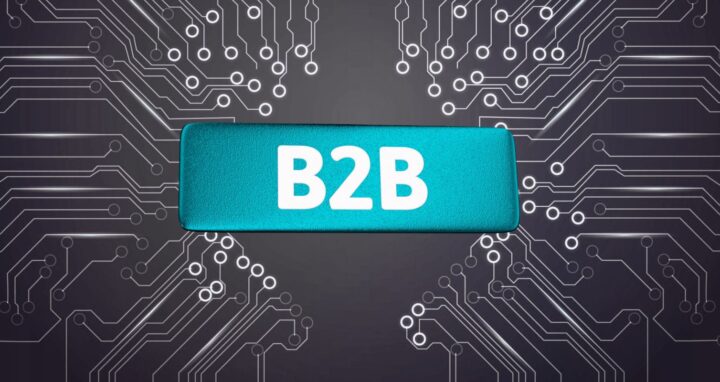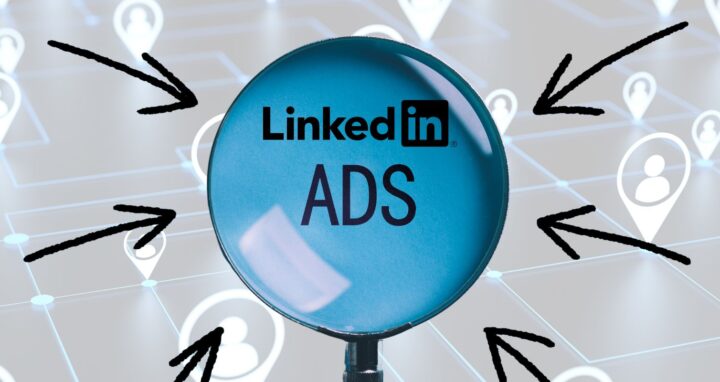In the age of social media activism and online media, effective stakeholder management has taken on more important than ever.
The influence of corporate stakeholders on your project can be immense. If it is not managed correctly, these stakeholders can lead to launch delays, resource drain, political intervention or even project termination.
Worldcom partners at Phillips Group argue that there are several elements that are important for stakeholder management. These elements include:
- effective identification,
- understanding and management of your stakeholders,
- reducing risk by understanding their triggers and expectations
- tailor mitigation measures and deliver a successful project
Phillips Group identifies five specific strategies that will aid in stakeholder management:
1. Stakeholder mapping
Early in the project, conduct a thorough stakeholder analysis to identify your stakeholders. Identify and examine key factors including proximity to your project, needs and concerns, demographics, interest in the project, expectations of your project and any previous public statements.
Also important is gaining an understanding of your internal stakeholder team, such as immediate staff, suppliers and contractors, broader companies or alliances and shareholders. Mapping your internal stakeholders will allow you to investigate whether you have the right resources and whether your team will function effectively.
2. Level of Influence
Understanding levels of influence of a stakeholder will allow you to predict how a particular person may interact directly with your project team or with others. The range of possible stakeholder influence is broad, from positive sentiment and support through to activism and engagement of other community members against your project.
To measure the possible influence of your stakeholders, identify their level on a scale ranking from high, medium to low:
High: indicates a stakeholder who has significant power to impact decisions, timeframes, or outcomes.
Medium: indicates a stakeholder with a significant interest in the project, however with a lower level of power to effect project change.
Low: indicates a stakeholder with little ability to change project outcomes.
3. Identify the triggers
Stakeholders will react in different ways to different project actions, however by identifying triggers and mitigation measures, you can avoid preventable complaints. Often, it is when stakeholders experience changes to their environment or expectations of a business and its behaviour that may cause a reaction.
Correlate your stakeholder list with potential known triggers, such as loud or dusty construction works, visual amenity impacts or disruptions to their normal patterns. Estimate the impact that these reactions may have to your project or strategies and identify whether targeted communication, mitigation or an alternative solution is required.
Want to learn the other stakeholder management strategies from Phillips Group? Read 5 strategies for effective stakeholder management blog post. Or, learn more with their post 3 Insights for Positive Stakeholder Engagement.
You can also find insights from other partners on Management and PR Strategy.
_________________________________________________________________________________
Phillips Group is an award winning, strategic Public Relations, Communications, Digital Marketing and Creative company based in Brisbane, Queensland. Since 1976, Phillips Group has provided their expertise in Corporate, Infrastructure, Energy & Resources, Public Sector and Stakeholder Engagement to clients.




